Almohad (1121–1269)
The Almohad Dynasty Transforming Empires
The Almohad Dynasty (1121–1269) rose from the Atlas Mountains, challenging the Almoravids and reshaping North Africa and Al-Andalus. Founded by Ibn Tumart, it expanded under Yaqub al-Mansur, uniting vast territories under a strict Islamic vision. The dynasty left a lasting mark through architectural wonders, military innovations, and cultural advancements. Their influence remains visible in Morocco’s mosques, fortifications, and intellectual achievements that defined an era.
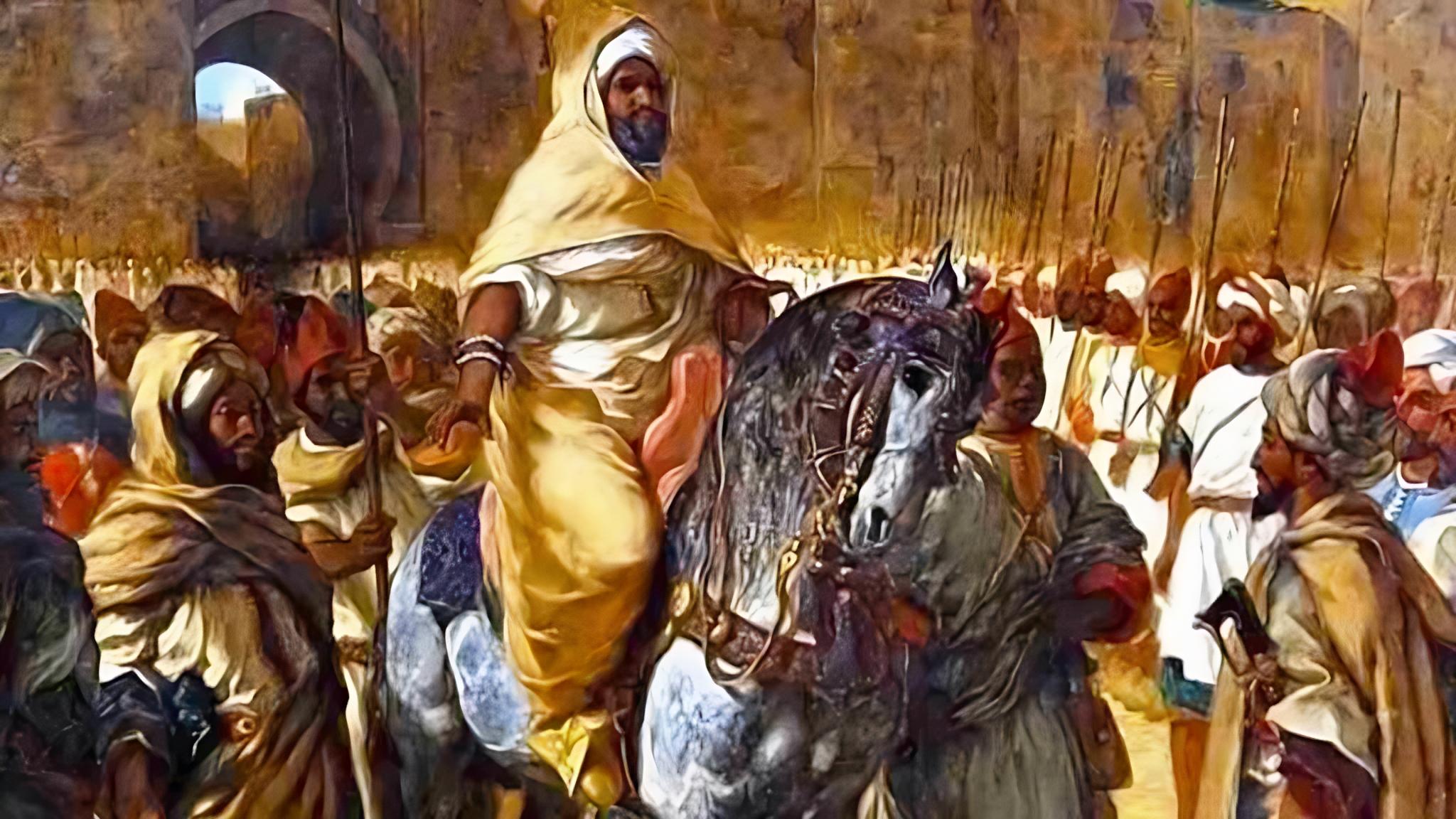
The Visionary Founder of Almohad Rule
Muhammad Ibn Tumart
Ibn Tumart, the founder of the Almohad movement, was a Berber scholar and religious reformer who challenged the Almoravids with his call for strict monotheism and moral governance. Declaring himself the Mahdi, he united Berber tribes and laid the ideological foundation for the Almohad Dynasty. Though he did not rule as a sultan, his teachings and leadership led to the rise of a powerful empire that would dominate North Africa and Al-Andalus for over a century.
The Last Almohad Sultan
Abu al-Ula al-Wathiq Idris
Abu al-Ula al-Wathiq Idris al-Ma'mun Ibn al-Mustansir, also known as Abu Dabbus, was the final ruler of the Almohad Dynasty. As internal strife and external pressures mounted, his reign marked the dynasty’s decline. With the rise of the Marinids, Almohad control crumbled, and by 1269, Marrakech fell, ending their rule. Despite this, the Almohads left a lasting imprint on Moroccan architecture, governance, and cultural identity.

Rulers of the Almohad Dynasty Shaping an Empire
The Almohad Dynasty was shaped by powerful rulers who expanded its influence across North Africa and Al-Andalus. From Ibn Tumart’s religious vision to Yaqub al-Mansur’s military triumphs and Abu Dabbus’s final rule, each leader left a mark on history. Discover their reigns and lasting legacy.

Ibn Tumart
(1121–1130)

Abd al-Mu’min
(1130–1163)

Abu Yaqub Yusuf
(1163–1184)
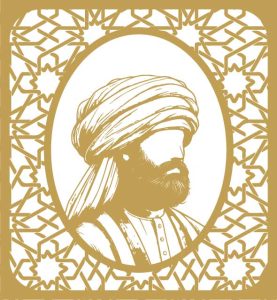
Abu Yusuf Yaqub al-Mansur
(1184–1199)
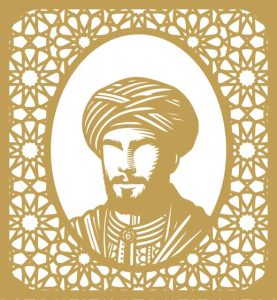
Muhammad al-Nasir
(1199–1213)
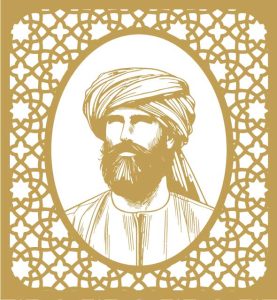
Yusuf II
(1213–1224)
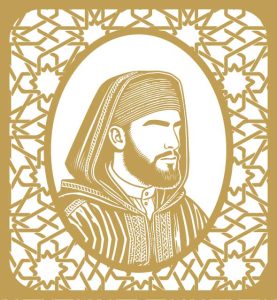
Abd al-Wahid I
(1213–1224)
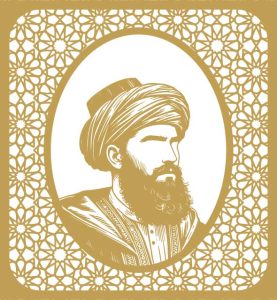
Idris al-Ma'mun
(1227–1232)
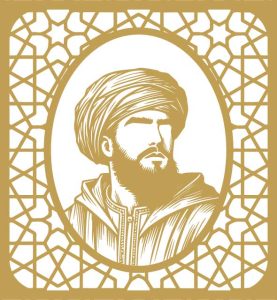
Abu al-Ala Idris
(1232–1269)

